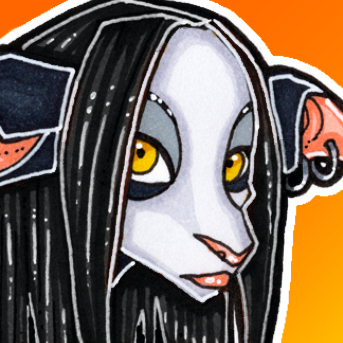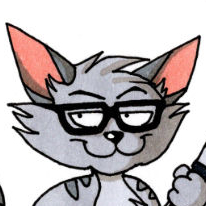The fediverse is powered by hashtags, they bring visibility to toots, allowing them to travel across the different servers and increase visibility of content based on topics. Even if your server is small and quiet and you may not know who to follow in the beginning you can fill your home timeline by following the hashtags of your choice. This will help you find content you enjoy and people from all across the fediverse to follow, no matter what server they are on. You should also put hashtags in your toots so they, and you, are easier to find too.
Here are some of our favourites, this list is not complete and new ones will be added as we find them.
Finding your way around the fediverse as an artist can be difficult at first. However, like other platforms, there is one thing in common: you sign up, connect with people, start posting and pick up everything else as you go along.
For those who would like some guidance, here's some of our favorite tips!
The first priority is getting your posts and art seen. By default, your public posts are displayed on the local timeline of your server. To make them visible to users on other servers as well, we recommend using hashtags.
Some common ones are: #MastoArt, #FediArt, #Art, #Photography, #VideoEditing, #Animation, #Musician, #MusicProduction, #AmWriting, #WritingCommunity, #GameDev or #IndieDev.
There is no algorithm to automatically promote posts or content on the fediverse, the other main way to get posts travelling and visibility is by interacting with other people.
The three most common interactions with posts are liking, boosting and commenting on posts. Normally if you like, boost and comment on other's posts they will interact with you and possibly boost your posts in return.
Boosting is really important for visibility as it sends a post to the timeline of all the followers of the person who boosted it, and this instantly sends posts to many different servers.
Another priority is having interesting content in your feed and people to build a community with. On mastoart.social there are five types of feed that you can look at:
If you are a member of mastoart.social you can talk to us, Sciasm and Kitty. We are the admins of mastoart.social and you can contact us via our accounts on Mastodon.
We also have a joint admin account which is named @artmin and we use it to share important and useful information about the server, Mastodon and the fediverse.
We are happy to help and answer questions about the server, Mastodon and the fediverse. We were new on the fediverse once too and we like to help people settle in and to have a good experience on the fediverse.
An alt text is the text description that is attached to an image. This includes photos, drawings, diagrams and memes. The main function of an alt text is to describe what is in the image for a person who has no or low vision and cannot see it. People who are blind or have low vision often use screen readers, this is a tool that reads out loud what is on the screen.
There is a lot of debate on what is and isn't a good alt text, the most important thing is to try to add a description for the image. It gets easier with practice. Three general pointers to start with are:
A helpful guide on how to write alt texts is here.
You'll notice that different toots and messages have different icons on both the timelines and while typing up a toot. The icons are: a world, a crescent moon, a padlock and an @ icon. If the icon is changed before the message is sent then the visibilty of the message changes. Below is a quick summary of each message type, the icon that represents it and what each message type is useful for.
Many people say that remembering what message type is which and when to use them is complicated. Feel free to use the message type/s that work best for you, just be mindful that using public all the time may end up spamming timelines and hashtag feeds, which may cause people to mute you or request you use a different message type.
On corporate social media it can be impossible to delete your posts, this is not the case on Mastodon. You get to control when and what gets deleted, unless the server you are on has a protocol that deletes posts after a set amount of time due to server storage systems, in this case you should talk to the admin of the server to find out how long posts are kept for.

she/they
I'm a senior UI designer, metalhead, gamer and appreciator of creepy crawlies. I grew up on MySpace and LiveJournal where I was adopted and raised by furries. I love to draw silly creatures and listen to industrial music, doom metal and everything that slaps. I enjoy open world games, indie horror and survival games and love to play pen & paper RPGs.

they/them
I work in training and languages. I’m a geek who prefers to let music and drawings do most of the heavy lifting in conversations. I enjoy doodling, puzzles and walking, I’m also an appreciator of bridges, books, statues and trees. I’m powered by music, mainly metal and darkwave, but any genre is fine as long as it sounds good.